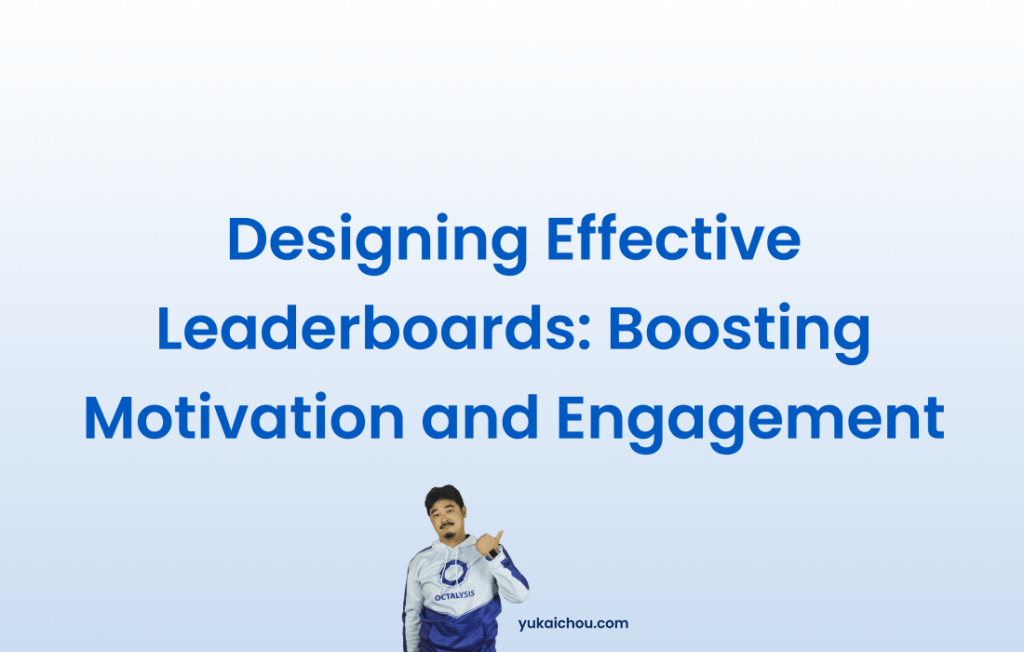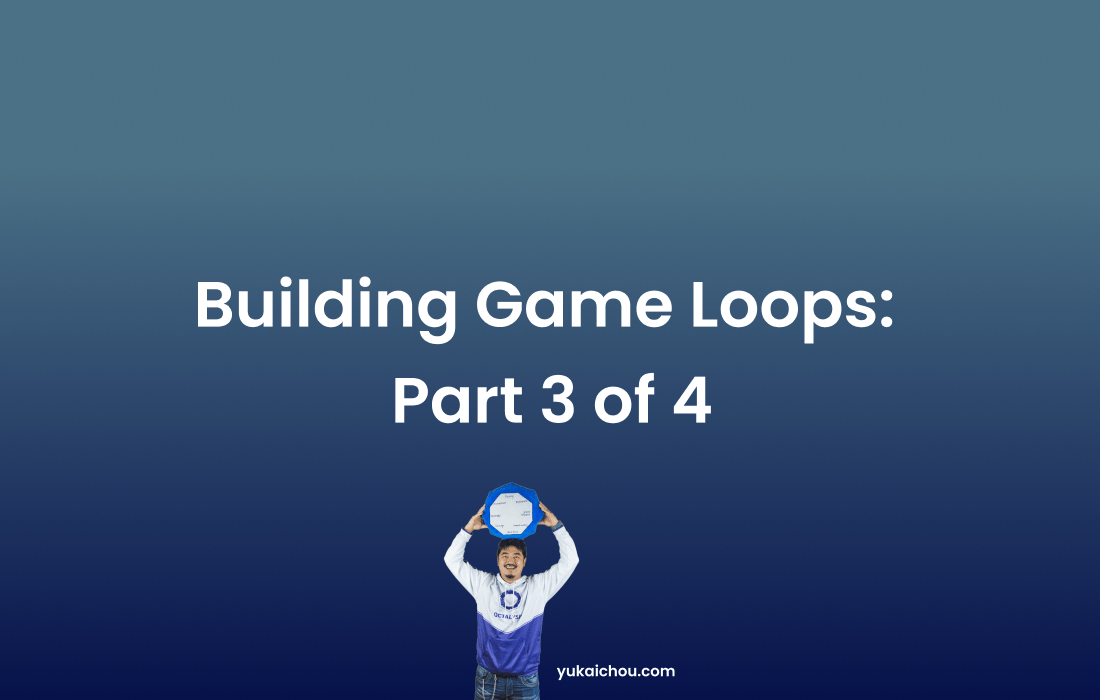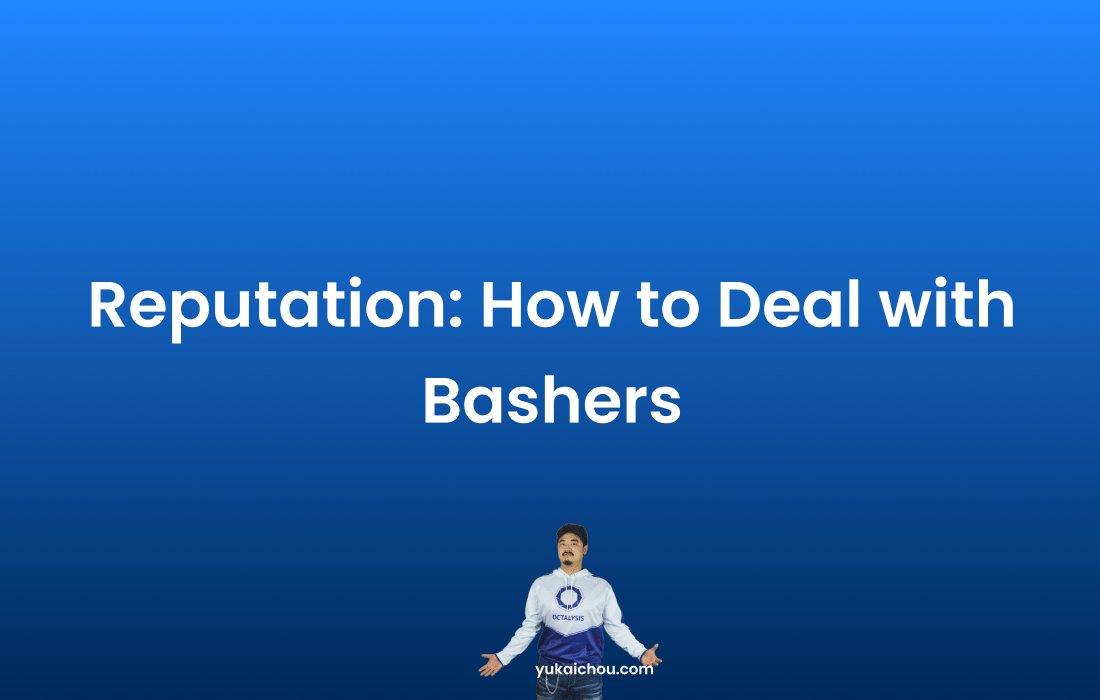Leaderboard Design (Game Technique #3)
Leaderboards have long been one of the most popular and widely used game design techniques in gamification. As a powerful tool for encouraging competition, showcasing achievement, and driving user engagement, leaderboards can add significant value to an experience when designed and implemented effectively.
However, despite their potential to motivate and inspire, leaderboards are often misused or poorly designed, leading to a negative impact on user experience and even demoralizing those who find themselves at the bottom of the rankings.
In my book, “Actionable Gamification: Beyond Points, Badges, and Leaderboards,” I emphasize the importance of looking beyond these common game design elements to create more meaningful and engaging experiences. While the book explores a variety of techniques for effective gamification, it’s essential to recognize that leaderboards still have a vital role to play when designed correctly.
By learning how to create leaderboards that motivate the most significant number of users, we can enhance the overall experience and harness the full potential of this powerful gamification tool. In this blog post, we will delve into the art of designing effective leaderboards, ensuring that they contribute positively to user motivation, engagement, and satisfaction, ultimately elevating the entire gamified experience.
Understanding the Pitfalls of Traditional Leaderboards
Traditional leaderboards, ranking users from first to last, can motivate the top 5-10% of users but often demoralize the rest. This is because users in the middle or bottom tiers may feel like they have no chance of catching up or making significant progress. To create a more inclusive and motivating experience, we need to rethink how leaderboards are designed and focus on fostering urgent optimism.
Fostering Urgent Optimism
Coined by Jane McGonigal, “urgent optimism” refers to users’ belief that they can succeed if they act quickly. This concept is crucial for creating a sense of motivation and drive in users.
Instead of showing users their rank as a meaningless number, display their position as a percentile. For example, showing a user that they are in the top 24% rather than telling them they are rank 42,372 gives them a sense of accomplishment and pride in their achievements.
Utilizing Micro Leaderboards
Instead of one massive leaderboard, create micro leaderboards that group users by region or other relevant criteria. This approach makes the competition more manageable and relevant to users’ experiences.
For instance, a user may be more motivated to improve their standing within their city or neighborhood than trying to climb a global leaderboard. By breaking the competition into smaller, more relevant groups, users can feel a stronger sense of connection and investment in their progress.
Implementing Social Leaderboards
Social leaderboards compare users’ performance to their friends and family members. This type of competition can be more motivating, as users may not want to lose to someone they know personally. By allowing users to compete with their social circles, they may feel a stronger drive to improve their performance and enjoy the experience more.
Keeping Leaderboards Refreshing
Long-running leaderboards can discourage new users who feel they can’t catch up to the top performers. To combat this issue, regularly refresh leaderboards to keep users engaged and motivated. Consider implementing weekly or monthly leaderboards, which give users a fresh start and the opportunity to compete on a level playing field with others.
In addition to time-based refreshes, consider incorporating event-based leaderboards. These leaderboards could focus on specific challenges or achievements, giving users more opportunities to excel in different areas and keep their experience fresh and engaging.
Showing Meaningful Information
When designing a leaderboard, it’s essential to strike a balance between providing enough information to motivate users and not overwhelming them with too much data. Display the top 10 users by name for status recognition but not their stats. Instead, show the user’s own stats and those of five users above and below them. This keeps the focus on achievable goals and promotes urgent optimism.
By limiting the information displayed on the leaderboard, users can concentrate on their immediate competition rather than feeling overwhelmed by the performance of top-ranked players. This approach encourages users to focus on improving their own performance and competing with those closest to them on the leaderboard.
Focusing on Reachable Goals
Ensure users can see that they have a realistic chance of reaching the next milestone or improving their rank. Avoid showing the gap between a user’s performance and the leaderboard’s top performers, as this can be demoralizing. Instead, highlight the progress users have made and the steps they can take to continue improving.
Encourage users to set personal goals, such as beating their previous best or surpass
ing a friend’s score. These smaller, more attainable goals can help maintain motivation and engagement, even if the user is not in the top tier of the leaderboard.
Incentivizing Participation and Improvement
Beyond leaderboards, consider implementing other reward systems to incentivize users to participate and improve. For example, offer badges, achievements, or other virtual rewards for reaching specific milestones or completing challenges.
These rewards can complement leaderboards by providing additional motivation and recognition for users at all skill levels.
Encouraging Collaboration and Community
While competition can be a strong motivator, collaboration and community can also inspire users to improve and engage with your platform.
Consider incorporating features that allow users to collaborate, share strategies, and offer support to one another. By fostering a sense of community, users may feel more motivated to participate and contribute positively to the overall experience.
Conclusion
Designing effective leaderboards is a nuanced process that requires careful consideration of user motivation and engagement. By fostering urgent optimism, creating micro and social leaderboards, keeping the experience fresh, showing meaningful information, focusing on reachable goals, incentivizing participation, and encouraging collaboration and community, you can create a leaderboard that motivates and engages users of all skill levels.
With these strategies in mind, you can transform your leaderboard from a potentially demoralizing feature into a powerful tool that drives user motivation and engagement, leading to a more enjoyable and rewarding experience for all.








